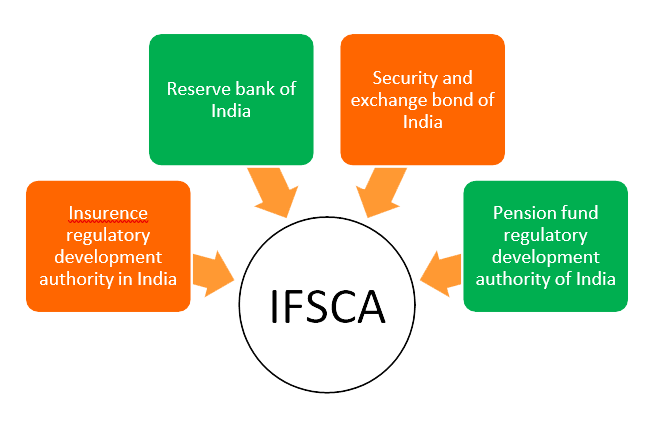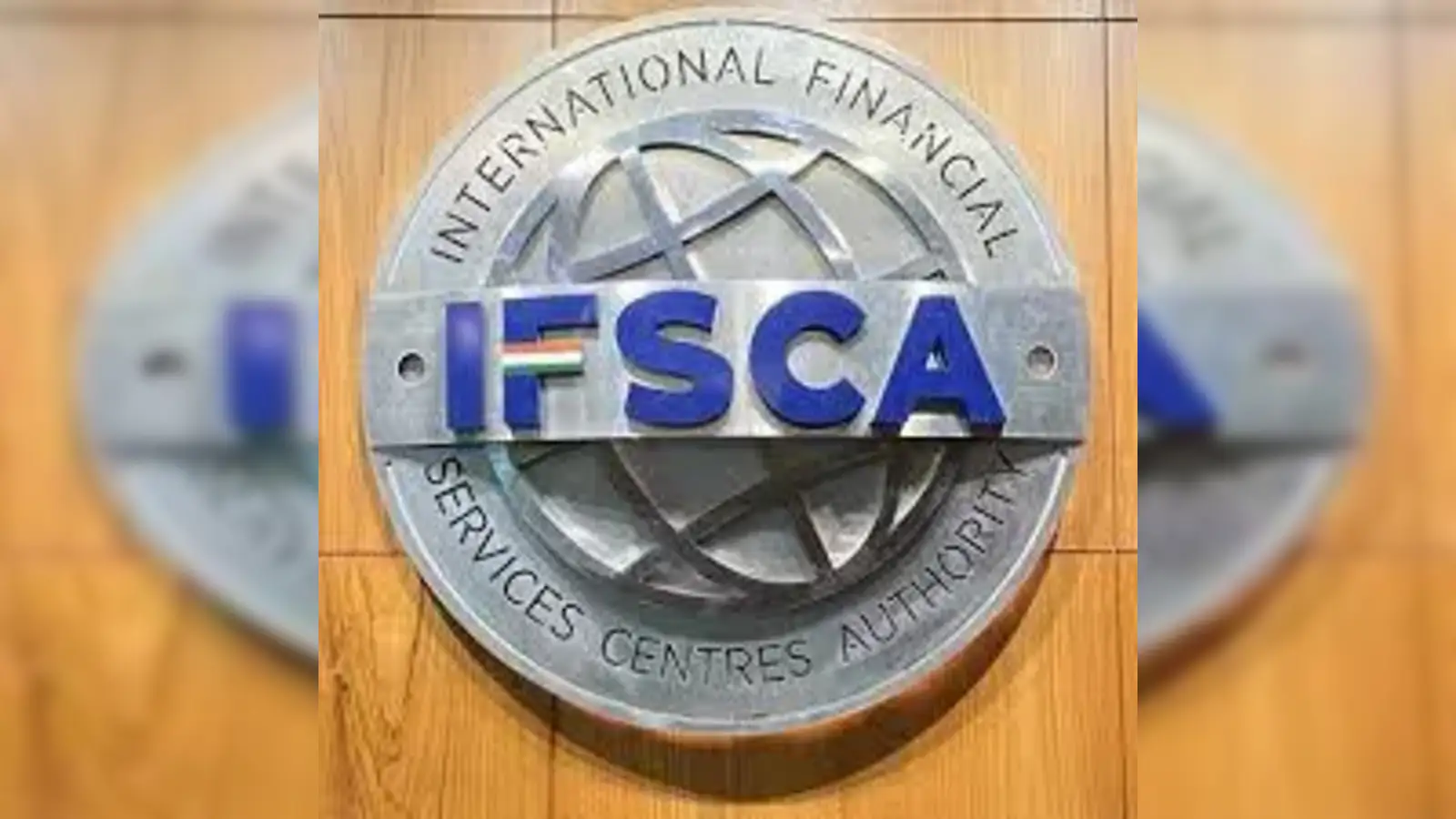IFSCA Proposes: The International Financial Services Centres Authority (IFSCA) has proposed a framework allowing fund managers operating out of GIFT City to issue multiple classes of units with differential distribution rights. The move aims to promote blended finance structures, which combine concessional or philanthropic capital with private investment to fund socially beneficial but commercially less viable projects. This initiative is expected to strengthen India’s fund management ecosystem and align it with global best practices in sustainable finance.
Blended finance has gained traction globally as a means to mobilize private investment for social and environmental projects that might otherwise struggle to attract funding. By allowing multiple unit classes with varying risk-return profiles, IFSCA aims to attract private participation in development financing, particularly in projects that contribute to the United Nations’ Sustainable Development Goals (SDGs). The regulator believes that this structure will provide flexibility in capital raising while ensuring transparency and risk management.
The proposed framework, detailed in a consultation paper, would apply to venture capital and restricted schemes under the IFSCA (Fund Management) Regulations, 2025. Fund management entities will have the flexibility to design schemes with “senior” and “junior” classes of investors, catering to different appetite levels for risk and return. The senior class typically carries lower risk and more predictable returns, while the junior class assumes higher risk in exchange for potentially higher returns.
Understanding Differential Distribution Rights
What Are Differential Distribution Rights?
Differential distribution rights allow a fund to issue multiple classes of units, each with distinct risk, return, and payout structures. This enables fund managers to pool philanthropic, concessional, and private capital in a single fund while allocating returns based on risk tolerance. Such structures are widely used in international financial centers to attract private investors for socially desirable projects.
Senior and Junior Units
Under the proposed framework, funds can offer senior units with lower risk and junior or subordinate units carrying higher risk and potentially higher returns. This tiered approach encourages private investors to participate in development-oriented projects, as senior units are shielded from losses while junior units absorb initial risk.
Read about: Large Cross-Border Deals Reshape India’s Financial Sector in 2025
Focus on ESG and SDG-Aligned Projects
IFSCA’s proposal specifically supports environmental, social, and governance (ESG) schemes. Up to 20% of an ESG fund’s corpus can be accepted in the form of grants, subject to disclosure requirements and investment safeguards. By integrating philanthropic and concessional capital, funds can address projects that are socially impactful but may not generate attractive commercial returns.
This initiative aligns GIFT-IFSC’s fund management ecosystem with global blended finance practices, promoting investments that deliver both financial and social impact.
Investor Protection and Safeguards
Minimum Investment Thresholds
To mitigate risk, IFSCA has suggested that participation in junior or subordinate units be limited to large investors:
- $2 million minimum investment for general investors
- $1 million minimum investment for accredited investors
Risk Disclosures and Valuation
The regulator mandates independent valuation of each unit class and detailed risk disclosures to ensure investors are fully aware of potential losses and returns. These measures aim to strike a balance between fostering innovation and protecting investor interests.

Public Consultation and Next Steps
IFSCA has invited public comments on the draft framework until November 11, 2025. The regulator believes that this initiative will:
- Deepen GIFT-IFSC’s fund management ecosystem
- Encourage blended finance structures
- Align India with global best practices in sustainable and ESG-oriented investing
The feedback collected will help refine the framework, ensuring it is investor-friendly while promoting innovative financing structures for socially and environmentally critical projects.
Conclusion
IFSCA’s proposal for differential distribution rights represents a significant step in positioning GIFT City as a hub for blended and sustainable finance. By allowing funds to combine concessional, philanthropic, and private capital, the framework aims to address projects that have high social value but lower commercial viability.
The initiative also enhances investor protection through minimum investment thresholds, risk disclosures, and independent valuations, ensuring that participation is limited to those with sufficient capacity to manage risk.
By focusing on ESG and SDG-aligned projects, the framework supports India’s broader sustainability goals while attracting global investors seeking impactful opportunities.
Overall, this move is expected to strengthen GIFT-IFSC’s fund management ecosystem, align it with international best practices, and create a dynamic environment for blended finance innovations.
Also read: Weight Gain Rates Stabilize After TNF Inhibitor Initiation in Psoriatic Arthritis
FAQs of IFSCA Proposes
1. What are differential distribution rights in funds?
Differential distribution rights allow a fund to issue multiple classes of units, each carrying different levels of risk, return, and payout structures. Senior units typically offer lower risk and predictable returns, while junior units assume higher risk for potential higher rewards. This structure helps combine philanthropic, concessional, and private capital efficiently.
2. Which types of funds does the IFSCA proposal apply to?
The proposed framework applies to venture capital and restricted schemes operating under the IFSCA (Fund Management) Regulations, 2025, allowing fund managers to structure senior and junior units within these schemes.
3. How does the framework support ESG and SDG-aligned projects?
The proposal allows up to 20% of ESG fund corpus to be accepted as grants, subject to disclosure and safeguards. This enables socially impactful projects to attract funding even if they are not commercially lucrative, promoting investments aligned with the UN’s Sustainable Development Goals (SDGs).
4. Who can invest in junior or subordinate units?
Participation in junior units is restricted to large investors, with a minimum investment of $2 million, or $1 million for accredited investors. This ensures that high-risk units are limited to investors capable of managing potential losses.
5. What is the expected impact of this proposal on GIFT City’s fund management ecosystem?
The initiative is expected to deepen the fund management ecosystem, encourage blended finance structures, and align India with global best practices. It will make GIFT City a hub for sustainable and socially impactful investments while protecting investor interests.
